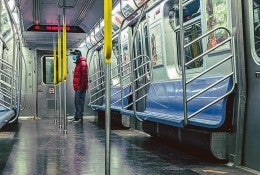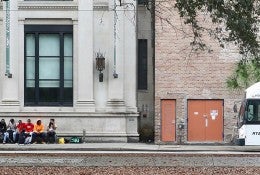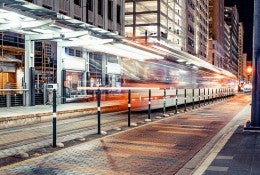What transit equity means to a transit-dependent rider in a car-centric city
Janis Scott cares deeply about transit equity. Known in the community as the “Bus Lady,” Scott has been riding METRO all of her life and considers public transit her lifeline to the world.





